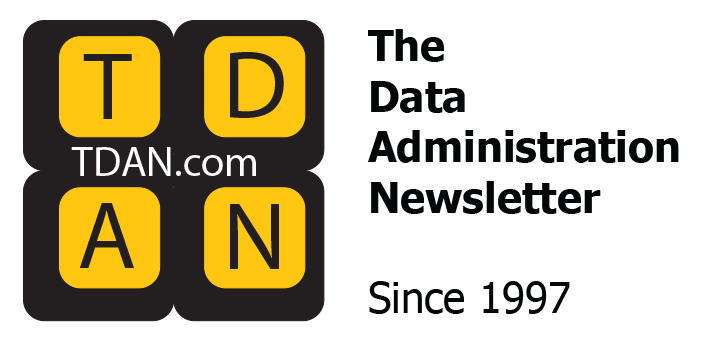 Introduction
Introduction
Communications, even better, the improvement of communications around managing data and information as a valued enterprise asset, is a primary focus of many Data Governance programs.Through some recent client experiences I have found a new way to view communications around data governance which include separating the communications into three different levels. Each of these levels just so happens to start with the letter “O” so thus the Three Os of Data Governance Communications:
- Orientation Communications
- Onboarding Communications
- Ongoing Communications
The first Data Governance communication level is Orientation. This level of communications typically takes place when an individual or group joins the organization or moves from one part of the organization to another. Many organizations already provide a level of Orientation communications including classroom or recorded information about the organization’s mission, Senior Management’s vision, facility security information, employee id information, … basically all the things a new hire needs to know to operate effectively within that organization.Often times the orientation sessions include information about data security, privacy, compliance, interacting with social media, and other policies that have become mainstays of the ever-blossoming information age. This information, as well, is focused on educating the new hires on how to follow the rules and keep the organization and its reliability and reputation as squeaky clean as possible.Perhaps it is time to include information about Data Governance in these orientation sessions. Data Governance does not REQUIRE a separate section in these sessions. But then again, maybe that would make sense in your organization (if your organization recognizes the “data as an asset” philosophy).
It is more likely that Data Governance could be included as a sidebar (important sidebar at that) to an existing category of information provided. Information about Data Governance would be a logical extension in any of the areas associated with risk management.
This information could also be linked to the mission and vision of the organization. Many organizations are calling out the management and use of data and information in their information age visions.
However, this may be asking a little too much of the organization to spell out how Data Governance relates to the mission and vision but we can always hold out hope, can’t we?
A simple list of three items to include in Orientation related to Data Governance:
- The fact that a part of the organization is focused on governing the data (this requires some explanation of what governance is but the explanation can be short and sweet).
- The function of data governance in the organization.
- Why to, How to, and When to contact somebody in the governance area (governance@yourorganization.com).
- Data Governance Charter, Guidelines, Policy or whatever works at your organization
- Data Governance Best Practices and an Assessment of Present Vs. Desired State
- Roles & Responsibilities associated with the Program
- Specific Role-Based Activities associated with that person’s role
- Samples of processes where Data Governance is being applied
- Tools and artifacts that are a result of the Data Governance Program
- How to use the Tools and artifacts to assist them with their job
There is much more that can be written about how to get people in your organization to come onboard the Data Governance ship. Perhaps the details would make for a great separate or add-on article. If you have thoughts about the information that can or should be included or if you want to share the information you included while onboarding people to your Program, please consider sending a list to the author.
Ongoing Communications
This brings us to the third level of Data Governance Communication: Ongoing. Ongoing communications includes any type of communications that occurs or reoccurs throughout the course of the program’s effectiveness.
It is not effective enough to just Orient and Onboard people into the program. Ongoing communications often lies at the core of a program that demonstrates success for a substantial period of time. Ongoing communications is what keeps Data Governance in everybody’s consciousness as they perform their daily activities.
Examples of Ongoing communications include:
- Alerts and Triggered Events of occurrences requiring Data Governance
- Introduction and Changes to the availability of Tools and artifacts of Data Governance
- Refreshers in the Orientation and Onboarding Materials
- Performance Metrics of the effectiveness of the Program
- Regular Minutes and Notes from the scheduled Data Governance Council Meeting
- Changes and Updates to Regulatory and Compliance Issues
- Changes and Updates to Business Rules associated with Day to Day Business Activities
The beauty of setting up your communications with these three levels is that the Orientation and Onboarding materials can be created with multiple uses in mind and that Ongoing communications can be delivered in a template format that does not require major changes from use to use. Reusability of communications materials and the ability to alter each type of communications to meet each audience’s need becomes tantamount to the delivery of a successful program.
To quickly summarize … We all recognize that Communications lies at the heart of a successful Data Governance Program. Hopefully this quick article provides you with an outline of the different levels of communications that are important.
If you can Orient and Onboard people into your Data Governance Program and then provide them with the ongoing communications that are helpful to them in their daily job, you will be well on your way to building an efficient and effective Data Governance Program.
